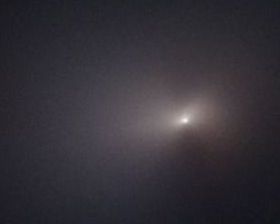Launch is scheduled for Aug. 29, with a launch time of 2:04 a.m. EDT. Live broadcast begine 1:44 a.m. EDT.
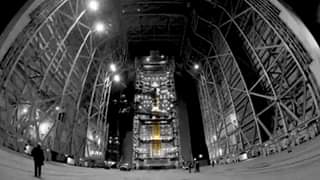

Launch is scheduled for Aug. 29, with a launch time of 2:04 a.m. EDT. Live broadcast begine 1:44 a.m. EDT.
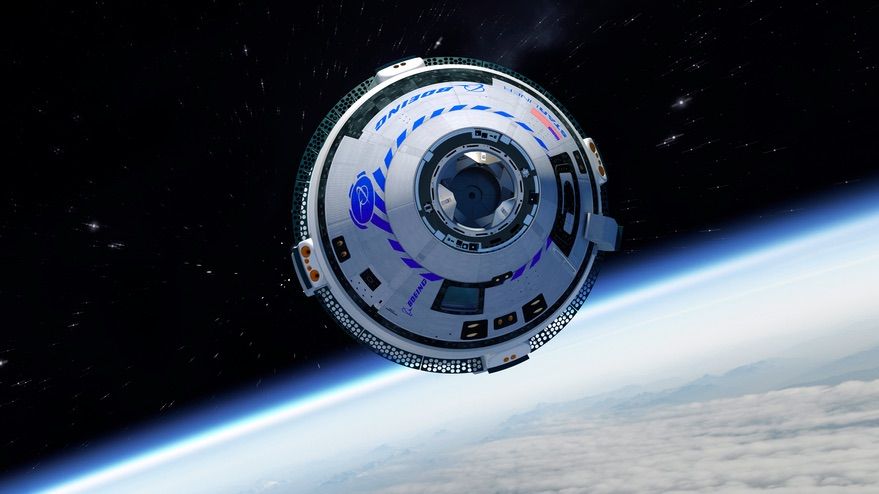
WASHINGTON — NASA and Boeing announced an updated schedule of test flights of the company’s CST-100 Starliner commercial crew vehicle that would allow it to begin operational missions to the International Space Station at the end of 2021.
In an Aug. 28 statement, NASA said it had scheduled a second uncrewed test flight, known as Orbital Flight Test (OFT) 2, for no earlier than December. That mission will be a repeat of the original OFT mission flown last December, which was cut short by technical problems that prevented the spacecraft from approaching and docking with the ISS.
The NASA statement confirmed recent comments by agency officials on the schedule for OFT-2. “The Boeing folks are working hard for their reflight to be done by the end of the year, maybe early January,” Kathy Lueders, NASA associate administrator for human exploration and operations, said in an Aug. 24 webinar during the American Institute of Aeronautics and Astronautics’ Propulsion and Energy Forum.
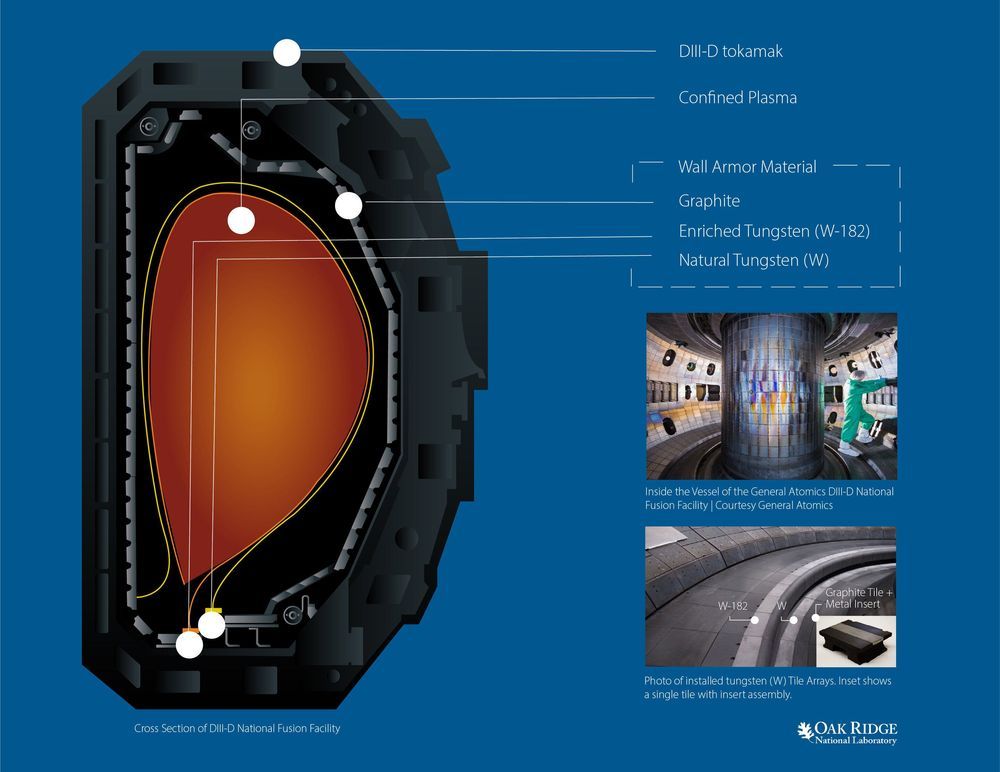
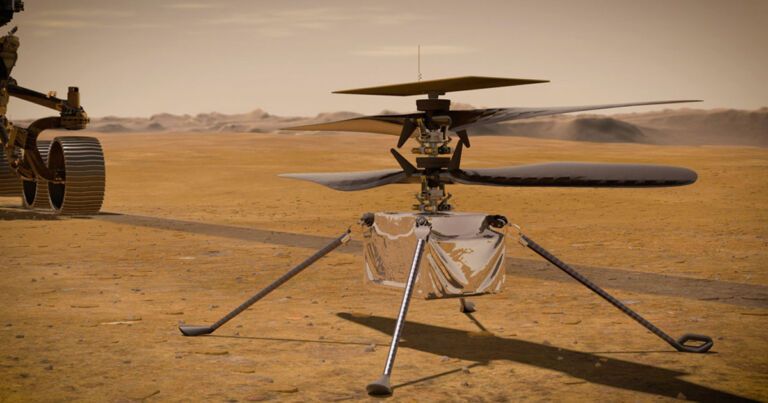
“This was a big milestone, as it was our first opportunity to turn on Ingenuity and give its electronics a ‘test drive’ since we launched on July 30,” said Tim Canham, the operations lead for Mars Helicopter at NASA’s Jet Propulsion Laboratory, in the statement. “Since everything went by the book, we’ll perform the same activity about every two weeks to maintain an acceptable state of charge.”
It’s one more step on the road to what NASA hopes will be humankind’s first flight on an alien world.
“This charge activity shows we have survived launch and that so far we can handle the harsh environment of interplanetary space,” MiMi Aung, the Ingenuity Mars Helicopter project manager, added. “We have a lot more firsts to go before we can attempt the first experimental flight test on another planet, but right now we are all feeling very good about the future.”
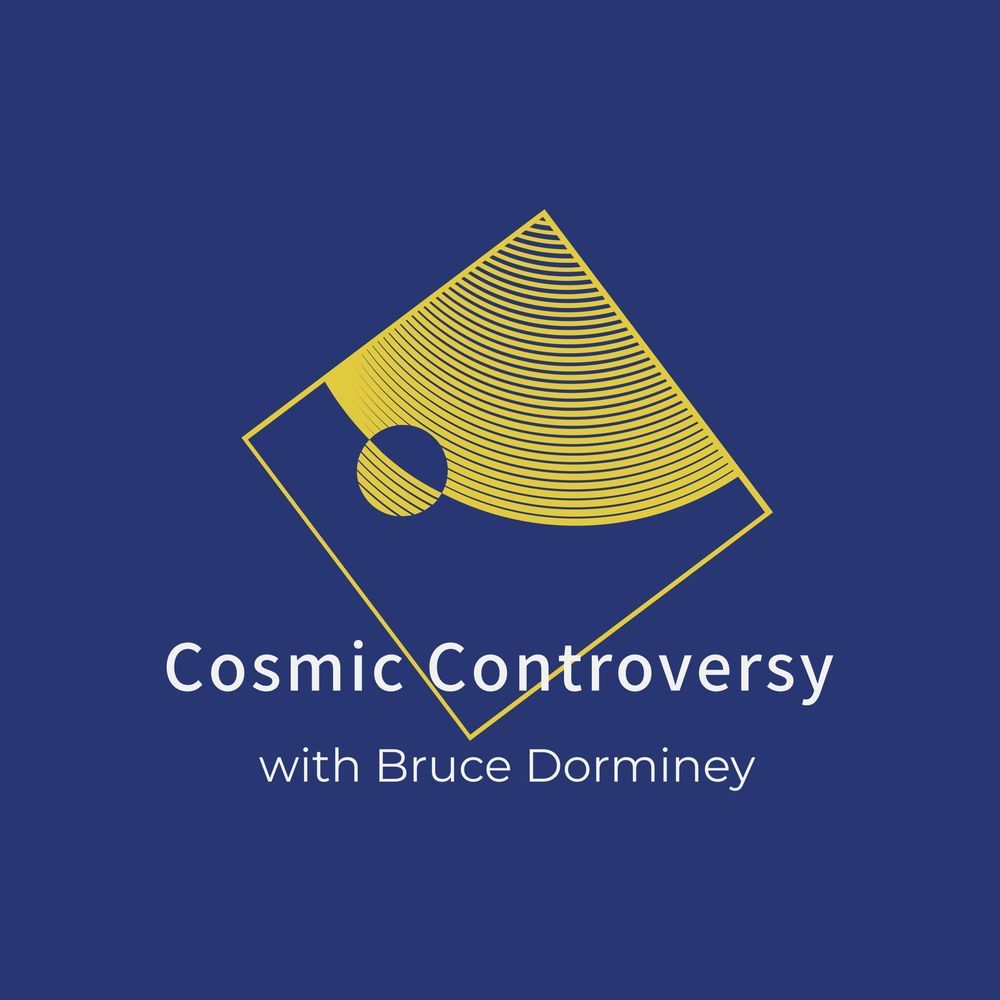
Episode 13; please check out this candid interview with Lowell Observatory astronomer Gerard van Belle on why we need interferometry in space. Many thanks!
Lowell Observatory astronomer Gerard van Belle, Chief Scientist at the Navy Precision Optical Interferometer (NPOI) in Flagstaff. Arizona talks about the possibility of arrays of space telescopes that are 3D printed after launch. We also discuss the history of optical interferometry; why such interlinked telescopes are the key to America’s future in astronomy and why Arizona skies remain as vital today as they were a century ago.
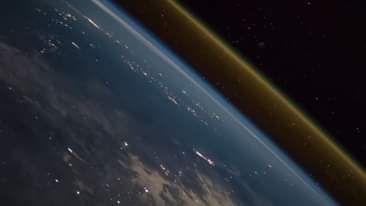
MUST-WATCH video of a rocket launch as seen from the International Space Station. You can track the tiny spot rising into the darkness as if it’s an animated cartoon. But it’s REAL. Hopefully, it will soon be just one of the flights in the regular commuter network between the planets, a future #Asgardia seeks to make true as soon as possible.\n(Credit: NASA, ISS, Riccardo Rossi (ISAA))\n\nYou can make it happen sooner by sharing your ideas and joining #TheFirstSpaceNation’s Business Partnership Program!
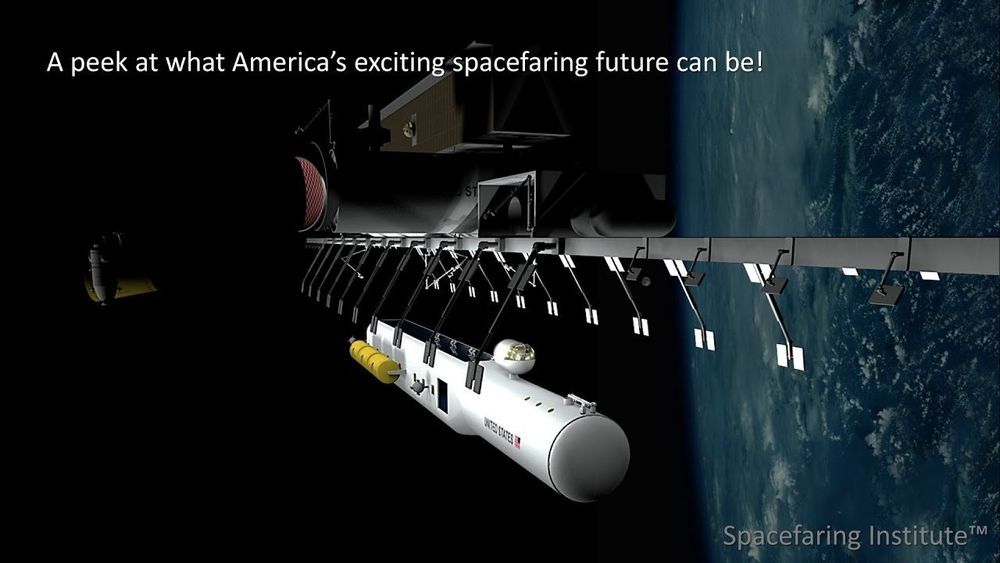
This video shows how the SLS can be used to build the substantial astrologistics infrastructure America will need to outcompete communist China in space. What is interesting is that I created these video images over 15 years ago because the need for an SLS-type system was very apparent.
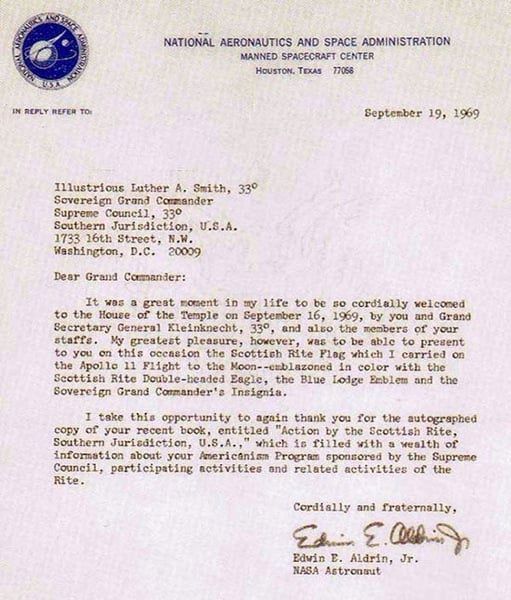
The Freedom of Information Act process is filled with lots of bureaucratic red tape, however, I feel confident that the #FOIA will be fruitful for declassified information properly vetted for the public first by Uncle Sam. Thanks to the fine folks at NASA — National Aeronautics and Space Administration.
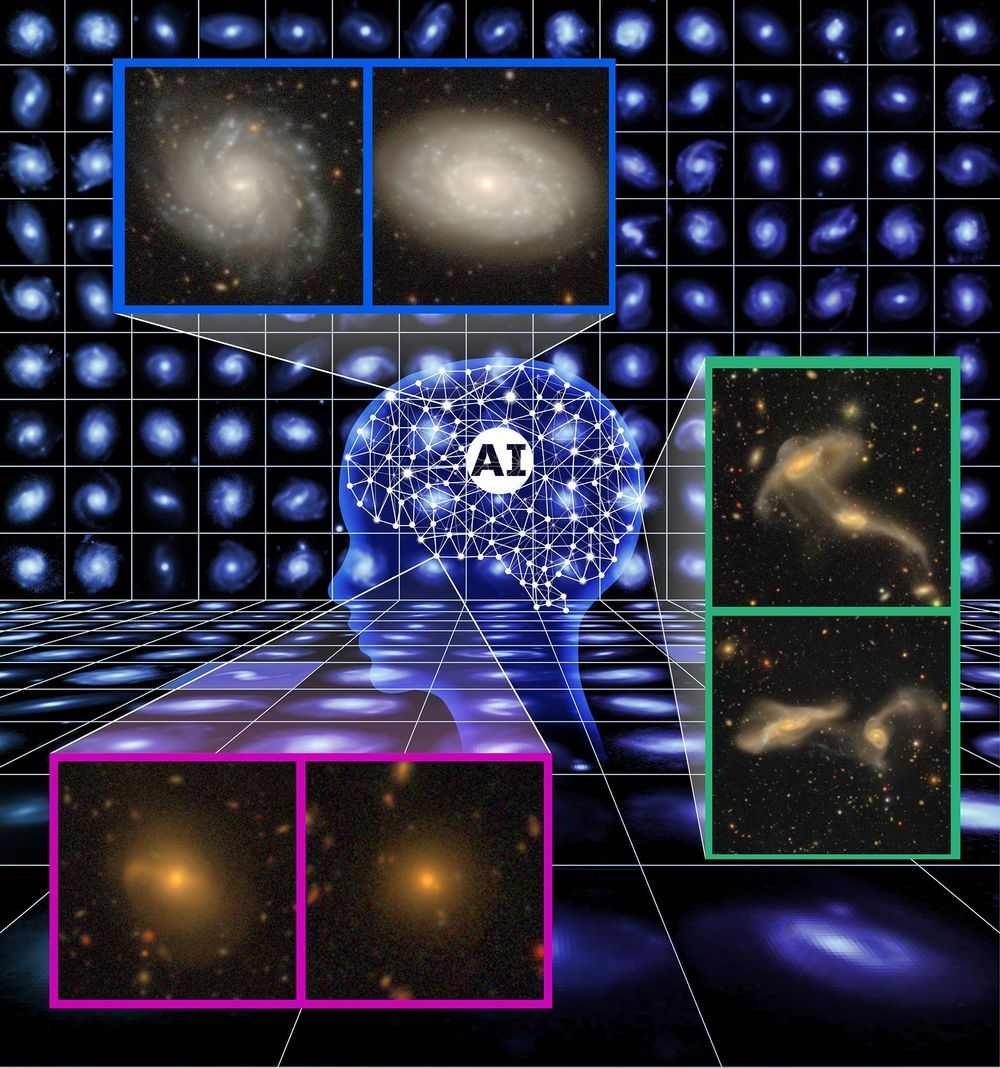
Astronomers have applied artificial intelligence (AI) to ultra-wide field-of-view images of the distant Universe captured by the Subaru Telescope, and have achieved a very high accuracy for finding and classifying spiral galaxies in those images. This technique, in combination with citizen science, is expected to yield further discoveries in the future.
A research group, consisting of astronomers mainly from the National Astronomical Observatory of Japan (NAOJ), applied a deep-learning technique, a type of AI, to classify galaxies in a large dataset of images obtained with the Subaru Telescope. Thanks to its high sensitivity, as many as 560,000 galaxies have been detected in the images. It would be extremely difficult to visually process this large number of galaxies one by one with human eyes for morphological classification. The AI enabled the team to perform the processing without human intervention.
